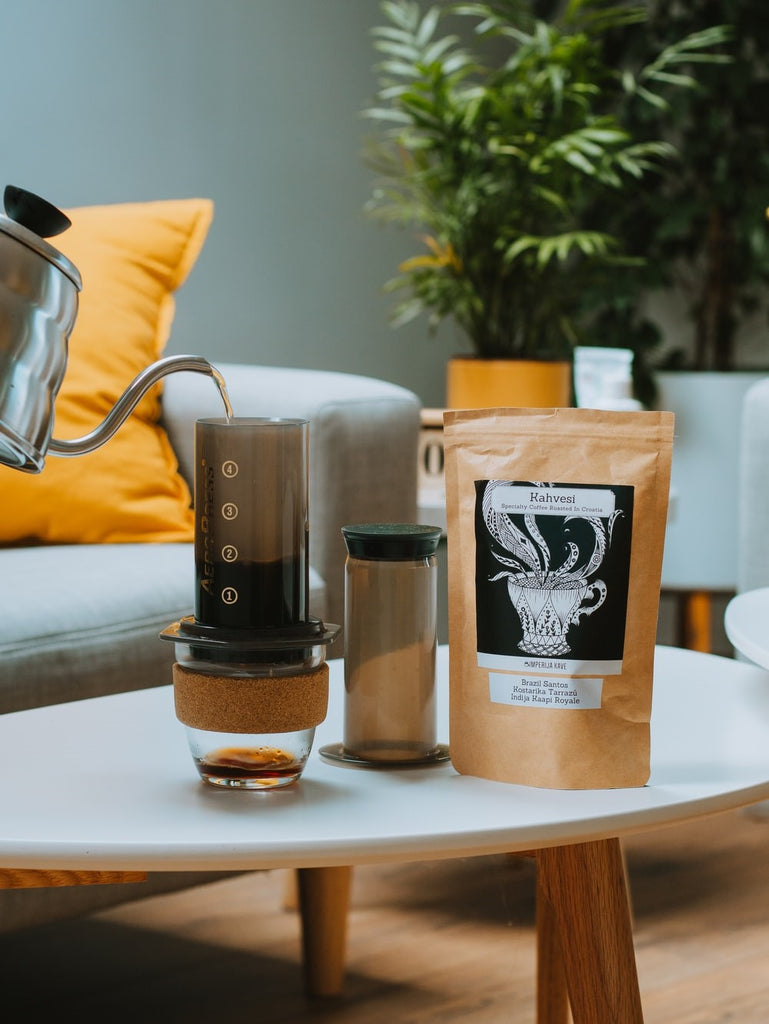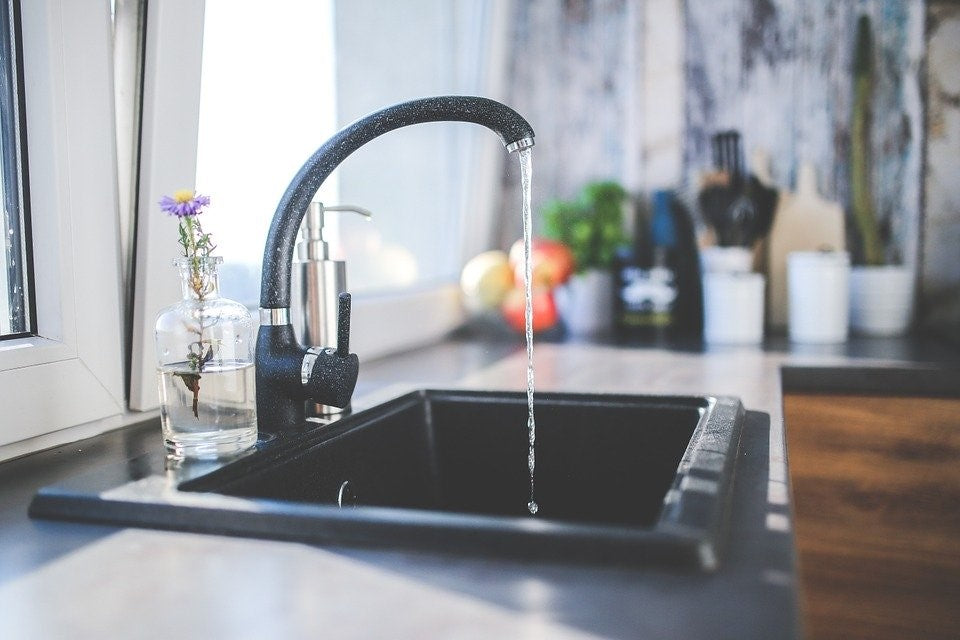How to Increase or Reduce Acidity in Your Coffee
Acidity can add some incredible complexity to the flavours present within your cup and can transform a dull sip into one that is bright and sharp.
However, some people absolutely hate acidity in coffee and want to do all they can to avoid it! We take a look at how you can reduce or increase the levels of acidity in your brew.
In part one of our guide to acidity, we explored what acidity in coffee is, and what types of acidic flavours can be found in coffee. If you would like to know more about what acidity is, then read that guide first!
Ways to Change the Level of Acidity in Your Coffee
There are a number of ways in which the acidity in your coffee can be adjusted. This can include:
- Using different beans
- Changing your coffee recipe
- Changing your grind size
- Using different water
- Altering the brew time
- Changing the water temperature

Using Different Beans
You can only change the acidity in coffee as far as the coffee beans existing characteristics. For example, if there is no citric acid present in your beans to start with, then no matter how you brew it, those flavours won’t develop. The way coffee beans are grown and processed will affect the acidity present.
Where the coffee is grown may impact on acidity
Coffee beans can be hard or soft depending on the altitudes and temperatures they were grown at. Hard beans, grown in cooler conditions, usually have more acidity and fruity notes than a softer bean. Therefore, if you are looking for that fruity-acid flavour, then you’re more likely to find it in a harder bean. Opt for soft coffee beans if you are trying to avoid it.
The way the beans have been processed may affect the acidity
Coffee beans are the seeds of the coffee cherry and need to be removed from the fruit to be used. There are a few ways this process can be undertaken, including being left to dry in the sun, or washed in water, so the skins come off. The dry method will usually add sweetness to the beans, while the washed method may allow for more acidity to develop.
The roast used
As mentioned previously, the roast can have a big effect on the acidity present in your coffee. The lighter the roast, the more natural acidity will shine through. The darker the roast, the less acidity will remain, generally speaking.

Changing Your Coffee Recipe
When you mix coffee with water, it will begin an extraction process, as the coffee flavour compounds infuse the water. Many factors, including the brew time, amount of coffee, temperature and grind size, can all impact on the results of the extraction process.
The first flavours to be extracted will be the fruitier acids, then sweet flavours, and finally bitter notes. This means that an under-extracted brew will have a sourer taste, while an over-extracted coffee will have a bitter taste.
Experiment with how you make coffee to see how this impacts on the acidity. For example, with the AeroPress UK, the quicker brew time means the coffee isn’t over-extracted, leaving you with a rich and flavourful sip without the bitterness.
Changing Your Grind Size
Your grind size will largely be dependent on the brewing method you use; however, there are some ways the grind can be used to impact on the acidity.
A coarser grind will reduce the rate of extraction, so less coffee compounds will be imparted into the water during your brew time. This can produce a nicely acidic cup.
If you want less acidity, then use a finer grind for your coffee, as it will be extracted more to develop flavours beyond this acidity.

Using Different Water
Water makes up about 98% of your cup of coffee, so it is likely to have a big impact on the flavour of your brew. While you may think that water has no real taste, the type of water available in your area (hard vs soft), will have a varied mineral content, which can impact your coffee.
Some minerals will reduce the presence of acidity in the cup or may extract the coffee faster. Generally, hard water, which has more minerals, will mask acidity better than soft water, which has less minerals.
If you want to see what impact water has on your coffee, you can try experimenting with bottled water that is the opposite of what you have available on tap!
Altering the Brew Time
Often, the longer the coffee is brewed, the more compounds are being extracted. Therefore, changing the brew time will be an easy way to see how you can alter the acidity in your cup.
Changing the Water Temperature
The hotter the water used; the quicker the extraction will occur. The cooler it is, the slower it will extract.
Some compounds can’t extract at lower temperatures. For example, a cold brewed coffee will be sweet with almost no acidity, as the acidity won’t be able to extract at such a low temperature.
How do you like your coffee? Leave a comment below with your tips for making coffee either more or less acidic!

1 Comment
I have an Aeropress coffee maker and have tried everything to reduce acidity in my coffee. Tried about all brands of bottled water. I was using a well known water but the company was sold. When the new name showed on the containers the acidity problem began. Would like to know what the professional makers use for water.